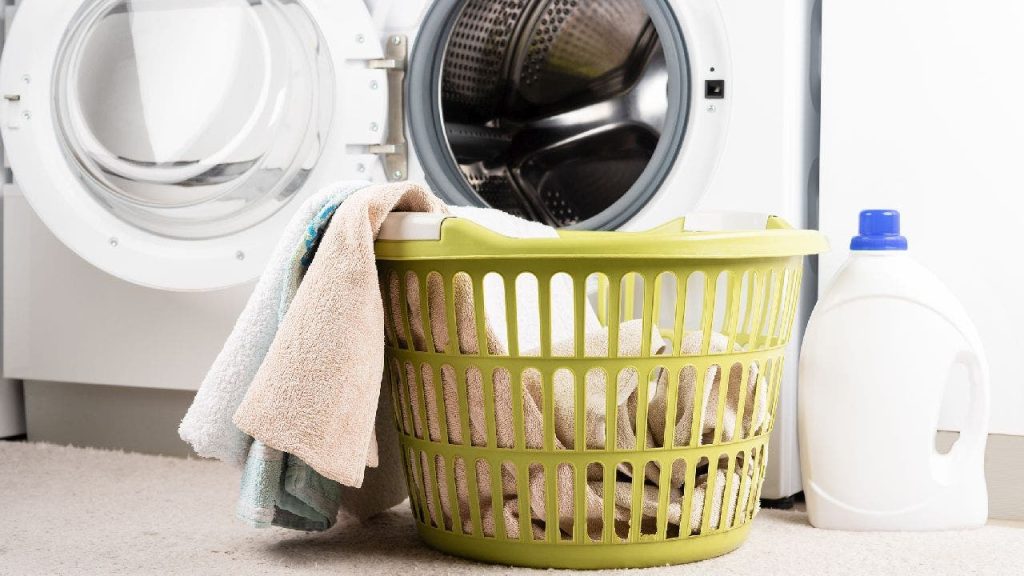On April 18, 1934, the first automated laundry facility, known as a “washateria,” opened in Fort Worth, Texas. This marked the beginning of the laundromat industry, which was initially viewed as a luxury during the Great Depression. The concept of self-service laundry quickly gained popularity, and laundromats began popping up all over the country. This first washateria consisted of just four electric washing machines, which were rented out to customers on an hourly basis. The facility did not have dryers, so customers would have to take their wet clothes home to hang them on a line.
The name “washateria” was inspired by the idea of washing clothes combined with cheap cafeterias where people got their meals. These early laundromats were not coin-operated and had attendants on duty at all times. By the late 1940s, the first unattended, 24-hour laundromats were opened, marking a shift towards fully automated, self-service facilities. Today, most laundromats in the U.S. are coin-operated, unstaffed, and open 24 hours a day.
Despite the initial popularity of laundromats, the industry has faced challenges in recent years. The increase in utility costs has caused many companies to leave the industry, leading to a decline in market size and sales. Competition, rising utility costs, and changing consumer habits have also contributed to the struggles of laundromats. The U.S. laundromat industry was estimated to be over $6 billion in 2023, but has been declining at a rate of 1.4% per year on average between 2018 and 2023.
The history of laundromats dates back to the 1930s, when the first automated laundry facility was opened in Fort Worth. This marked a shift in how laundry was done, moving from manual washing by hand to the use of electric washing machines. The concept of self-service laundry quickly gained popularity, leading to the widespread establishment of laundromats all over the country. The name “washateria” was coined for these facilities, combining the idea of washing clothes with affordable cafeteria-style dining.
Today, most laundromats in the U.S. are fully automated, coin-operated, and largely unstaffed. They are often open 24 hours a day to cater to the needs of busy customers. Despite the convenience of laundromats, the industry has faced challenges in recent years. Utility costs have increased, leading to many companies leaving the industry and a decline in market size and sales. Competition, rising costs, and changing consumer habits have all contributed to the struggles of laundromats in the modern day.















